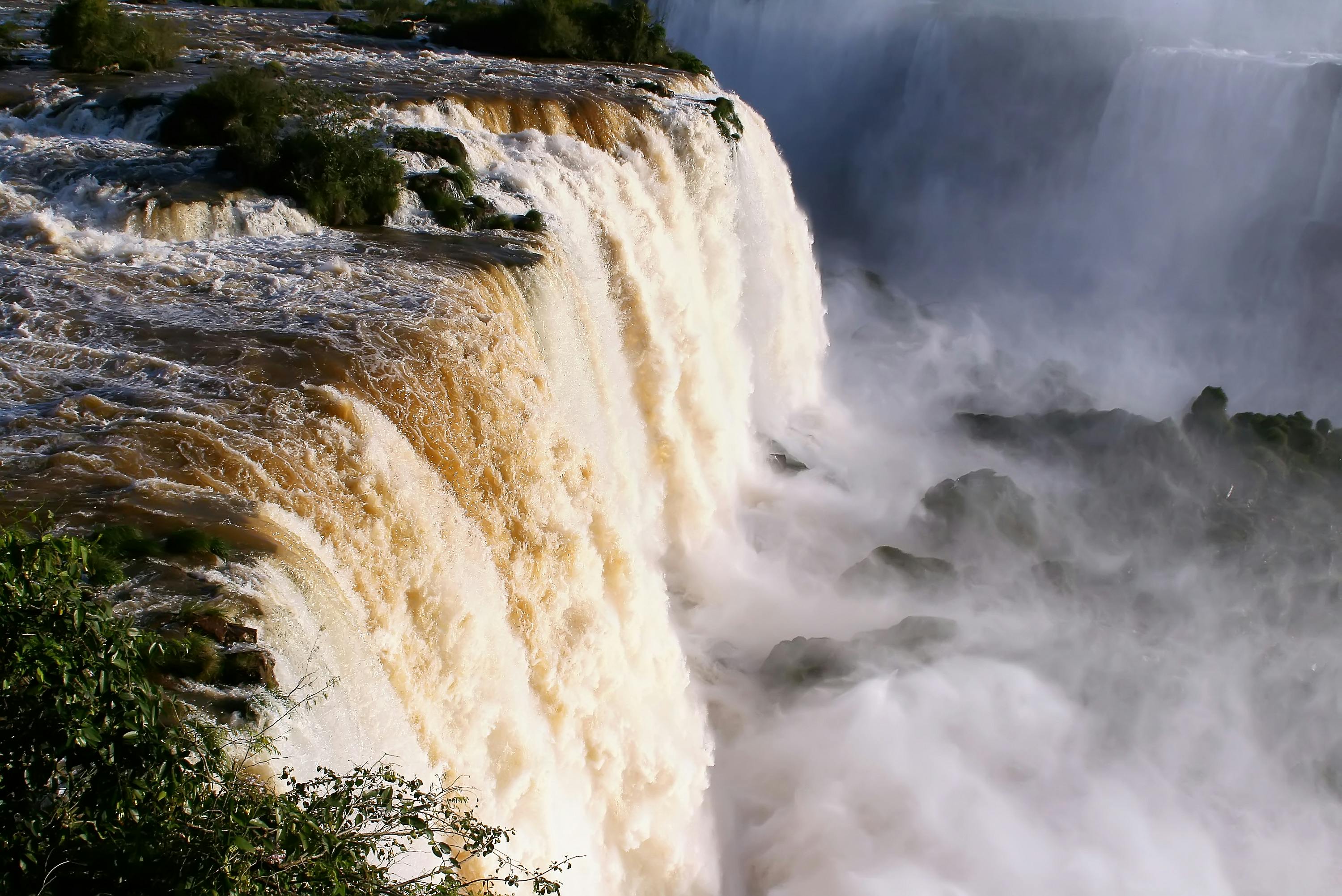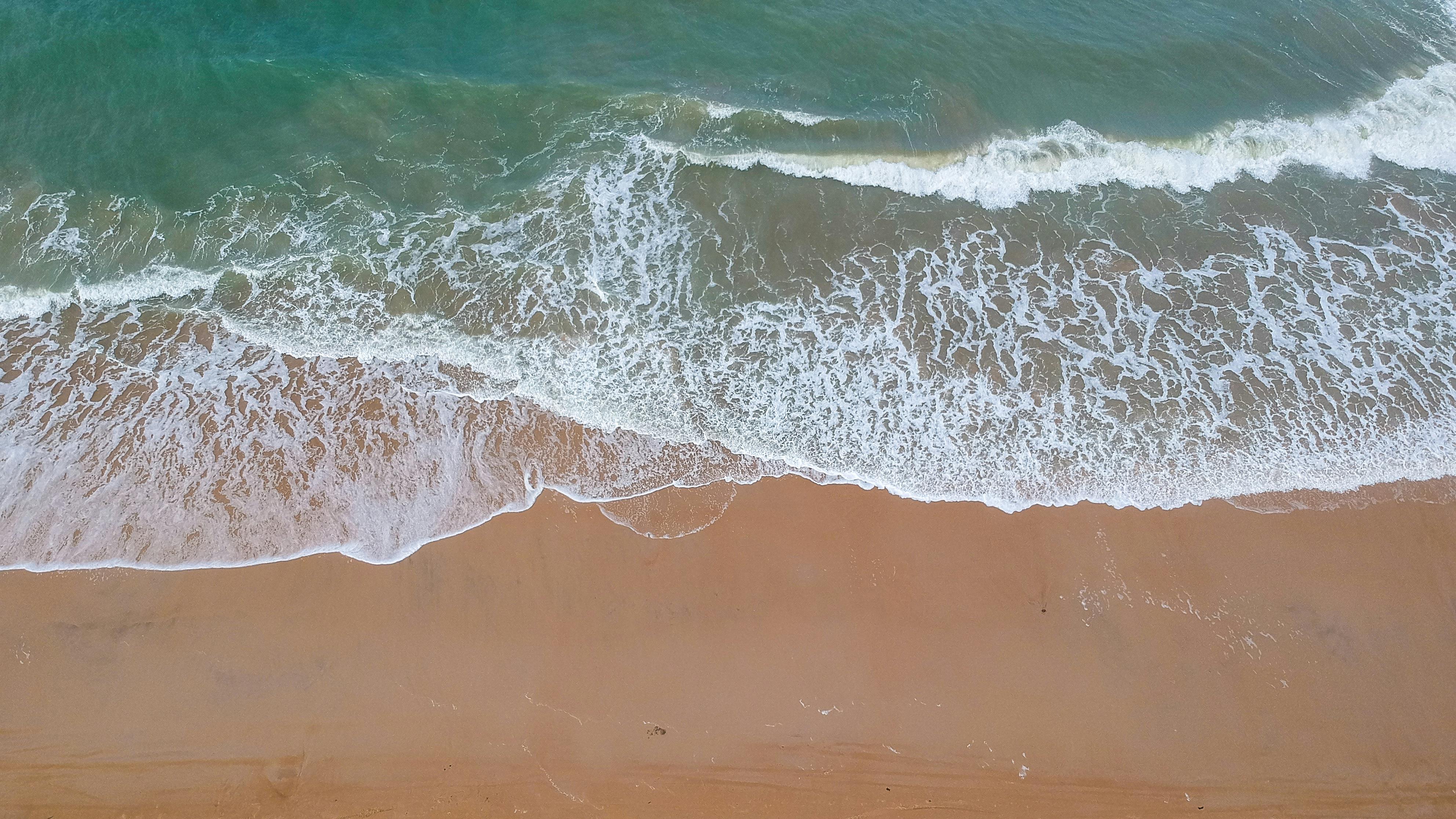Overview of the Distillation Process
Distillation is a process used to separate a liquid from other substances. It involves heating a liquid until it boils, then condensing the resulting vapor into a separate container. The substances that remain in the original container are called the residue. This process can be used to create concentrated or purified liquids, such as alcohol or essential oils. It is also commonly used in industries such as food processing, petroleum refining, and pharmaceutical manufacturing. The distillation process can vary depending on the type of substance being distilled and what type of distilling equipment is being used.In general, distillation begins with heating the liquid to its boiling point. As it boils, vapor is produced which rises and passes through a condenser where it cools down and becomes a liquid again. This condensed liquid then falls into a collection vessel where it can be isolated and collected for use. Depending on the application, more than one distillation may be necessary to achieve the desired result. For example, in essential oil production multiple distillations may be required to achieve optimal purity levels.
The different types of distillation processes include fractional distillation, steam distillation, vacuum distillation, and molecular distillation. Each method has its own advantages and disadvantages depending on what type of material is being distilled and what type of results are desired by the user. In essence, each method works by using different temperatures, pressures or combinations thereof to separate different components from one another.
Overall, the distillation process is an important tool in many industries because it allows for efficient separation and purification of materials. Different types of equipment can be used depending on what type of material needs to be separated or purified; however all processes follow similar steps that involve heating up a material until vapor is produced followed by condensing it back into a liquid form that can then be collected for use in further applications.
What Equipment is Needed to Make Distilled Water?
Distilled water is water that has been purified through distillation, which involves the evaporation and condensation of water. To make distilled water, a distiller is needed. Distillers come in different sizes and shapes depending on the needs of the user. Some larger distillers are designed for commercial use, while smaller units are more suitable for home use. All distillers require a heat source, such as an electric stove or gas burner, to bring the water to a boil. A container or vessel to collect the distilled liquid is also needed. Many distillers come with a collection vessel, but some require an external container. Additionally, a cold-water source such as a tap or sink may be required if the collection vessel does not have its own cooling system. Finally, tubing may be needed to connect the distiller to the collection vessel or other components like a carbon filter. With these components in place, users can easily make their own distilled water at home or in an industrial setting.Preparing the Equipment for Use
When preparing equipment for use, it is important to ensure that all safety checks have been carried out and that all necessary steps have been taken to ensure the safe and efficient operation of the equipment. This includes making sure that the equipment is properly assembled and connected, that all necessary power sources are in place, and that any protective gear or clothing is being worn as required by the manufacturer. It is also important to make sure that any instructions given by the manufacturer are properly followed and any necessary maintenance or repair work has been carried out. Once the equipment is ready for use, it should be tested to ensure it is functioning correctly before use.It is also important to inspect the area where the equipment will be used in order to identify hazards and take appropriate preventative measures. This includes checking for any potential trip hazards or slippery surfaces, as well as ensuring that any cables or wires are safely secured away from people using the equipment. All users should also be trained on how to safely operate and maintain the equipment before use. Finally, if the equipment requires regular calibration or inspections, these should be carried out at regular intervals in order to ensure its continued safe operation.
Collecting and Storing the Distilled Water
Distilled water is a type of purified water that has had all of its impurities removed through a distillation process. It is often used in medical and industrial applications, as well as for drinking. Collecting and storing distilled water requires some preparation, but it can be done relatively easily.The first step in collecting and storing distilled water is to purchase the equipment necessary to complete the process. This includes a distiller, a collection container, and a storage container. A distiller uses heat to boil water and then condense the steam back into liquid form. This process removes any impurities that were present in the original source of water.Once the distiller is set up, it can be used to collect the distilled water. As the steam condenses back into liquid form, it will collect in the collection container which should be placed underneath it. The container should be cleaned thoroughly before each use to ensure that no contaminants are present. Once enough distilled water has been collected, it can be transferred into a larger storage container for long-term storage.When storing distilled water for long periods of time, it is important to regularly check its quality and replace it if necessary. Distilled water will typically last for several months if stored properly at room temperature or below. If stored at higher temperatures or exposed to sunlight or air for extended periods of time, its quality may deteriorate more quickly. It is also important to make sure that any containers used for storage are sealed properly as exposure to air or other contaminants can cause spoilage over time.Regular maintenance of distillation equipment is also necessary in order to ensure that high-quality distilled water continues to be produced. The equipment should be cleaned thoroughly on a regular basis in order to prevent any build-up of contaminants which could potentially affect the quality of the distilled water produced by the distiller. Finally, when collecting and storing distilled water it is important to remember not to add any additional substances such as minerals or chemicals into it as this could alter its purity levels and render it unsafe for consumption or use in other applications

Step 1: Collect Supplies
To make distilled water, you will need a heat source, a vessel to hold the water, and a separate container to collect the distilled water. You will also need a source of clean water and some tubing or hose. Before beginning, make sure all of your supplies are clean and free from contaminants.Step 2: Heat the Water
Heat the water in your vessel to boiling point. As it begins to boil, steam will begin to rise and collect in the separate container. This steam is made up of pure water molecules without any impurities or contaminants.Step 3: Collect the Distilled Water
Connect the tubing or hose from your heat source to your collection container. This will allow the condensed steam to flow into the container and collect as distilled water. Make sure that the temperature of your collection container is lower than that of your heat source in order for condensation to occur.Step 4: Cool and Filter
Once all of the steam has been collected in your container, allow it to cool before filtering it through a cheesecloth or other fine filter material. This will remove any small particles that may have been left behind during condensation. Your distilled water is now ready for use!Boiling the Water
Boiling water is an essential part of many cooking processes. Whether you’re making pasta, cooking rice, or making a cup of tea, boiling water is often the first step. Boiling water is also used for sterilizing kitchen items, such as cutting boards and utensils. It’s important to get the water to a rolling boil in order to ensure that it has reached a high enough temperature to be effective.To boil water, start by filling a pot or a kettle with the desired amount of cold water. Place it on a stovetop burner and turn the heat up to high. As the pot begins to heat up, you should notice small bubbles starting to form at the bottom of the pot. Once these bubbles become more active and begin reaching the top of the pot, your water is boiling.
When boiling large amounts of water, it’s important to be mindful of safety precautions. Keep an eye on your pot as it boils and make sure that it doesn’t boil over or spill out onto your stovetop—this can cause dangerous burns and other damage to your kitchen surfaces. Additionally, make sure you use oven mitts when handling hot pots or kettles in order to prevent burning yourself.
Boiling water is an easy and reliable way to prepare food ingredients and sterilize kitchen surfaces. By following these simple instructions, you can easily boil any amount of water needed for your culinary purposes!
Is There a Relationship Between the Distillation Process for Water and Distilled Spirits?
The distillation process for water and distilled spirits shares fundamental principles of heating and condensation. By heating a liquid, components with varying boiling points separate, allowing for purification in water and flavor concentration in spirits. Therefore, understanding the process of distilled spirits can illuminate the science behind both creations.
Can I Use a Homemade Distillation Apparatus to Make Distilled Water?
Using a homemade distillation apparatus can be an effective way to make distilled water. By following proper guidelines and ensuring that your setup is safe, you can successfully make your own distillation setup. Just remember to consider potential contaminants and maintain cleanliness throughout the process for the best results.
Is the Process for Making Distillate Similar to Making Distilled Water?
The process of making distillate shares similarities with distilled water production, as both involve heating liquids to create vapor and then condensing that vapor back into liquid form. Understanding how to create highquality distillate requires precision in temperature control and the selection of suitable raw materials to enhance purity.
Cooling and Condensing the Vapor
The process of cooling and condensing the vapor involves reducing the temperature of the vapor so that it can be transformed into a liquid state. This process is usually done in a condenser, which is a device that helps to reduce the temperature of the vapor. The condenser works by using a cooling medium such as air or water to lower the temperature of the vapor, allowing it to become a liquid. Once cooled and condensed, the liquid can then be collected for further processing or use.The cooling process is an important part of many industrial processes as well as in day-to-day activities. In industrial applications, cooling and condensing are used to create various products such as chemicals, pharmaceuticals, and plastics. In day-to-day activities, cooling and condensing are used to make food and beverages such as beer, wine, ice cream, and soda. Cooling and condensation are also used in air conditioning systems to keep indoor temperatures comfortable.
Cooling and condensation can also be used in other applications such as steam engines or turbines. In these cases, the heat generated by combustion is transferred from one medium (usually steam) to another medium (usually water) via a process called evaporation-condensation cycles. This cycle allows for efficient energy transfer between two different media without having to change their states from gas to liquid form.
The cooling and condensing process is an important part of many industrial processes as well as everyday activities. The ability to cool down vapor into a liquid form allows for greater efficiency in energy transfer between two different media while also providing convenience in everyday activities such as food preparation or air conditioning systems.

Conclusion
Distilled water can be made using several methods, depending on the specific needs of the user. Boiling is the simplest and cheapest way to make distilled water. It is also the safest method since it requires no additional equipment or chemicals. Other methods include freezing, reverse osmosis, and distillation using specialized equipment. All of these methods produce high-purity water that is free from contaminants and minerals.Making your own distilled water can save money and ensure you have access to clean drinking water at all times. It is an important skill for anyone who needs to purify their water for any reason, such as medical use or emergency preparedness. With a basic understanding of the process and some simple tools, anyone can make their own distilled water quickly and safely.

